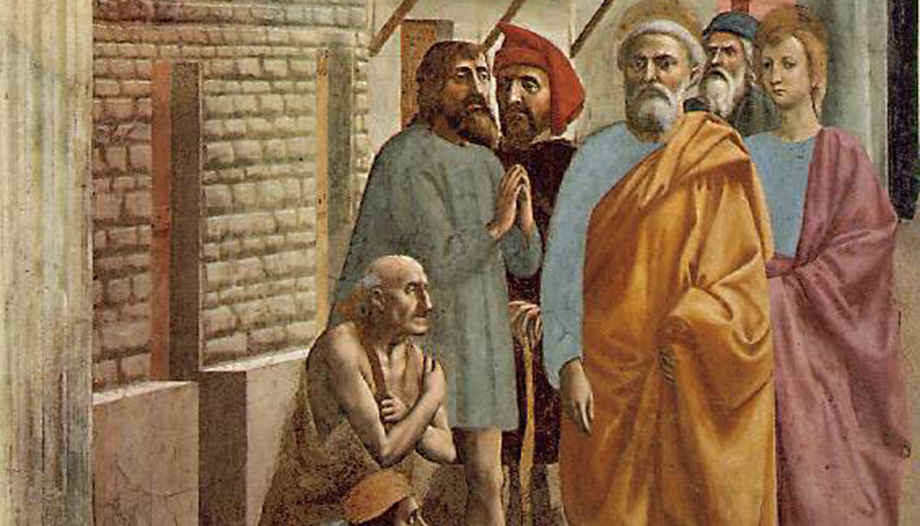Mercy Sunday offers us three images of the Church. The first is the third portrait of the Christian community in Acts. It is noticeable that it grows visibly, closely united with the apostles who perform signs and wonders on the sick. They are brought in multitudes, with those tormented by unclean spirits, to be healed, even if only by the shadow of Peter who passes by. And all are healed. The mercy of God in the early Church is manifested in the care of the weak and fragile thanks to a power that the apostles received from God. And through this mercy the Church grows. The sun is Christ, who enlightens Peter whose paternal shadow covers, protects and heals with the strength that emanates from the sun.
John is exiled to Patmos: it is a time of persecution, perhaps that of Diocletian (95 A.D.). In his words, for the only time in the New Testament, the eighth day is called "the eighth day".the day of the Lord"., dies dominicusSunday. On that day John is taken by the Spirit of the Lord who asks him to write down the visions he receives. The book will have the task of comforting the Church that already has decades of experience in which, to the portraits of serene beauty of the first chapters of Acts, he has added accounts of hard trials and persecutions. God's mercy consoles His Church in trials, with John's visions throughout Revelation.
The Gospel takes us back to the night of Easter. The nascent Church is locked up for fear of the Jews. Jesus manifests himself and brings with him the gift of peace. He shows the signs of the Passion on his body to confirm their identity, and he breathes on them the Holy Spirit, the Creator: the Spirit is the gift of the Cross and of the Resurrection, and it is he who brings about the forgiveness of sins, the power of which Jesus gives to the Church that night. The possibility of not forgiving can be understood by what Jesus said about the Paraclete at the Last Supper: "...".When He comes to demonstrateá the guilt of the world in regard to sin... because they do not believe in me". It is the sin against the Holy Spirit, the closing of the heart that does not allow the light of Christ to enter. Yet the story of Thomas, eight days later, demonstrates Jesus' willingness to go out to meet everyone and to transform the obstinacy in not believing and not trusting in what they have seen into the highest act of faith in the entire New Testament. Thomas also wanted to look and also to touch. Thanks to his weakness and obstinacy in wanting to see the Risen One, we can believe today supported by his testimony and receive the beatitude and peace of contact with the wounds of Christ that the saints loved so much, and receive from him forgiveness and mercy for our wounds.
Homily on the readings of the Second Sunday of Easter
The priest Luis Herrera Campo offers its nanomiliaa small one-minute reflection for these readings.










